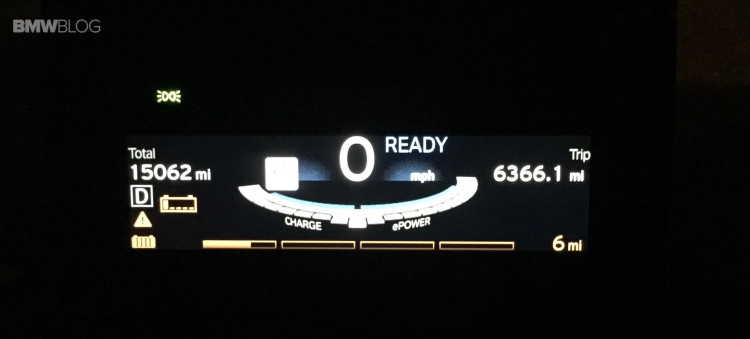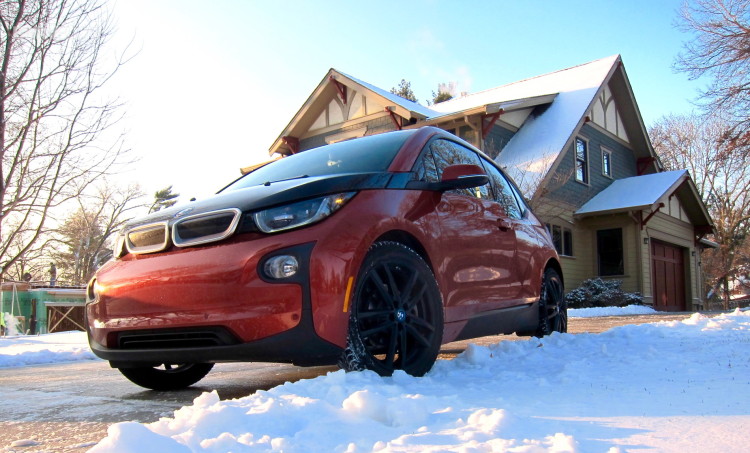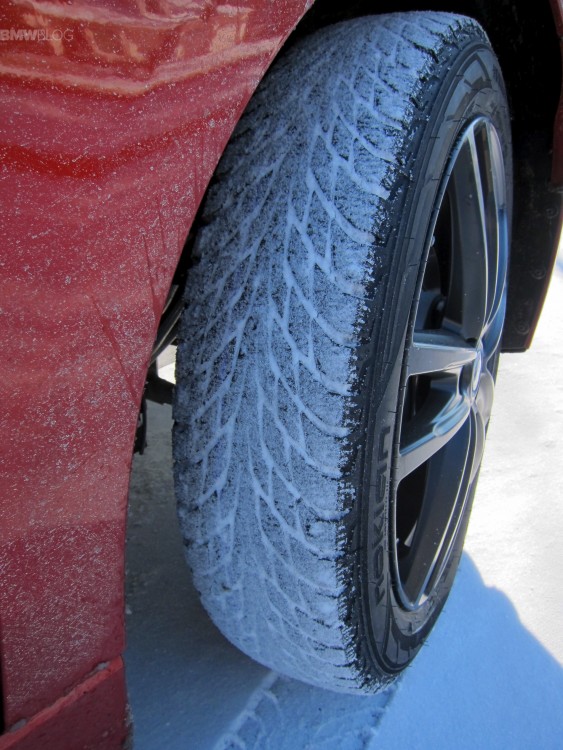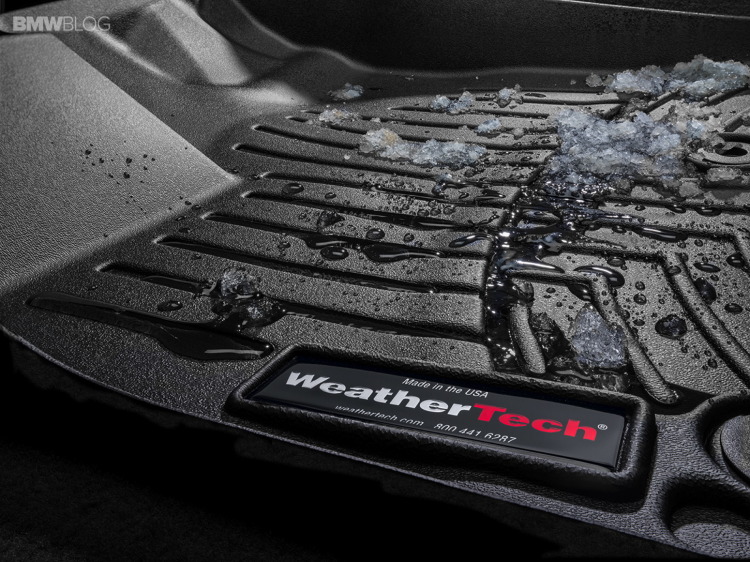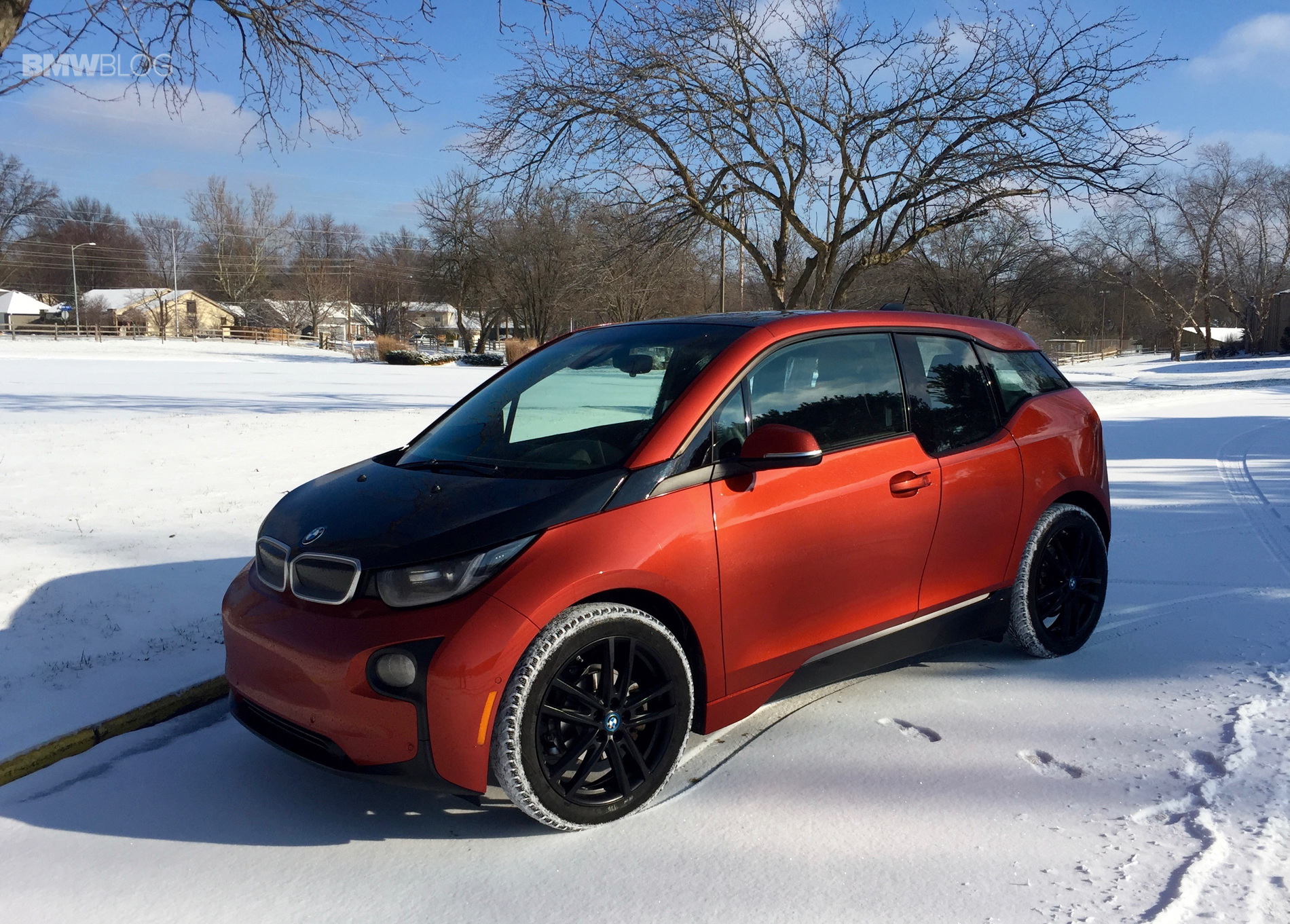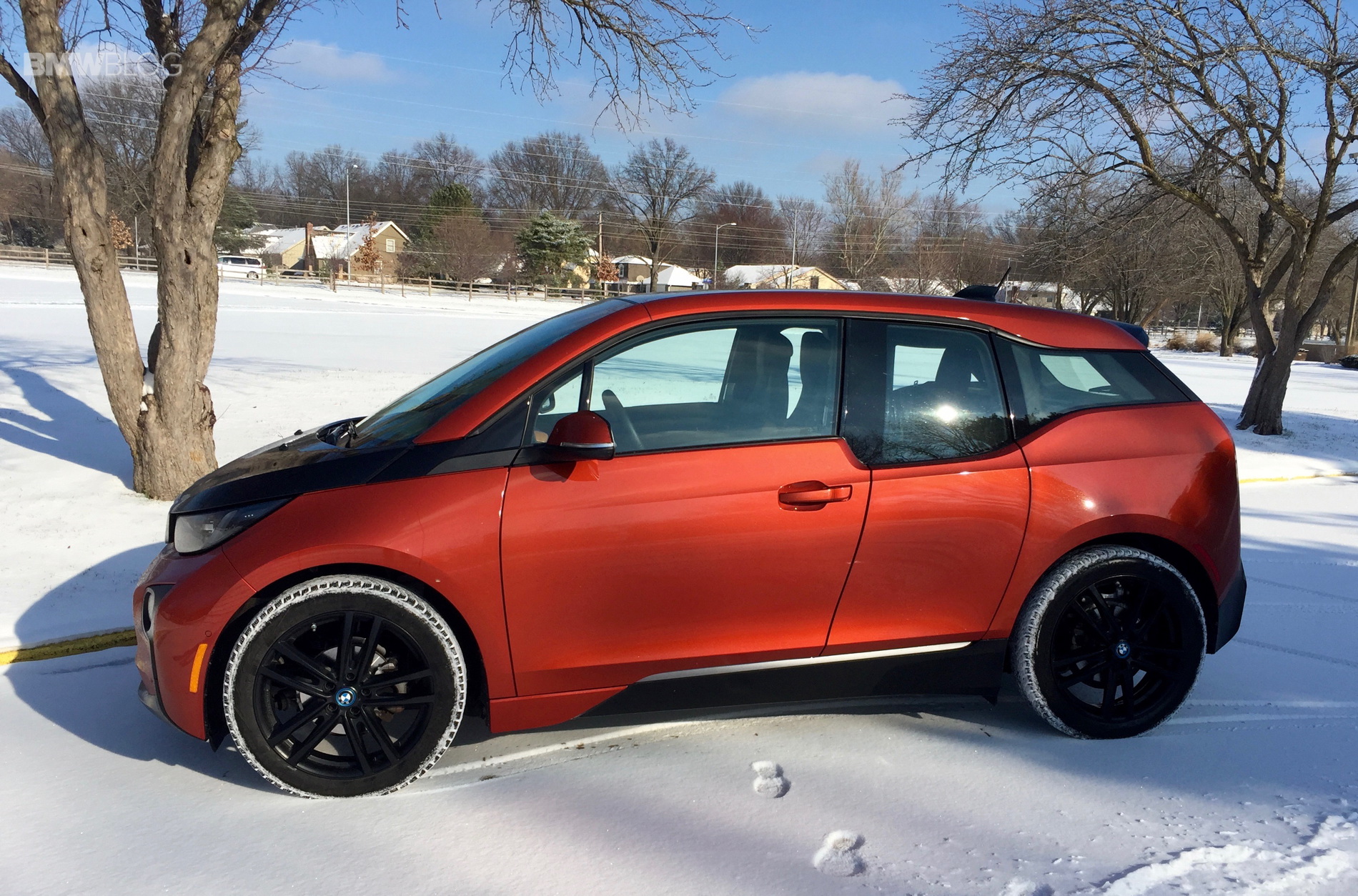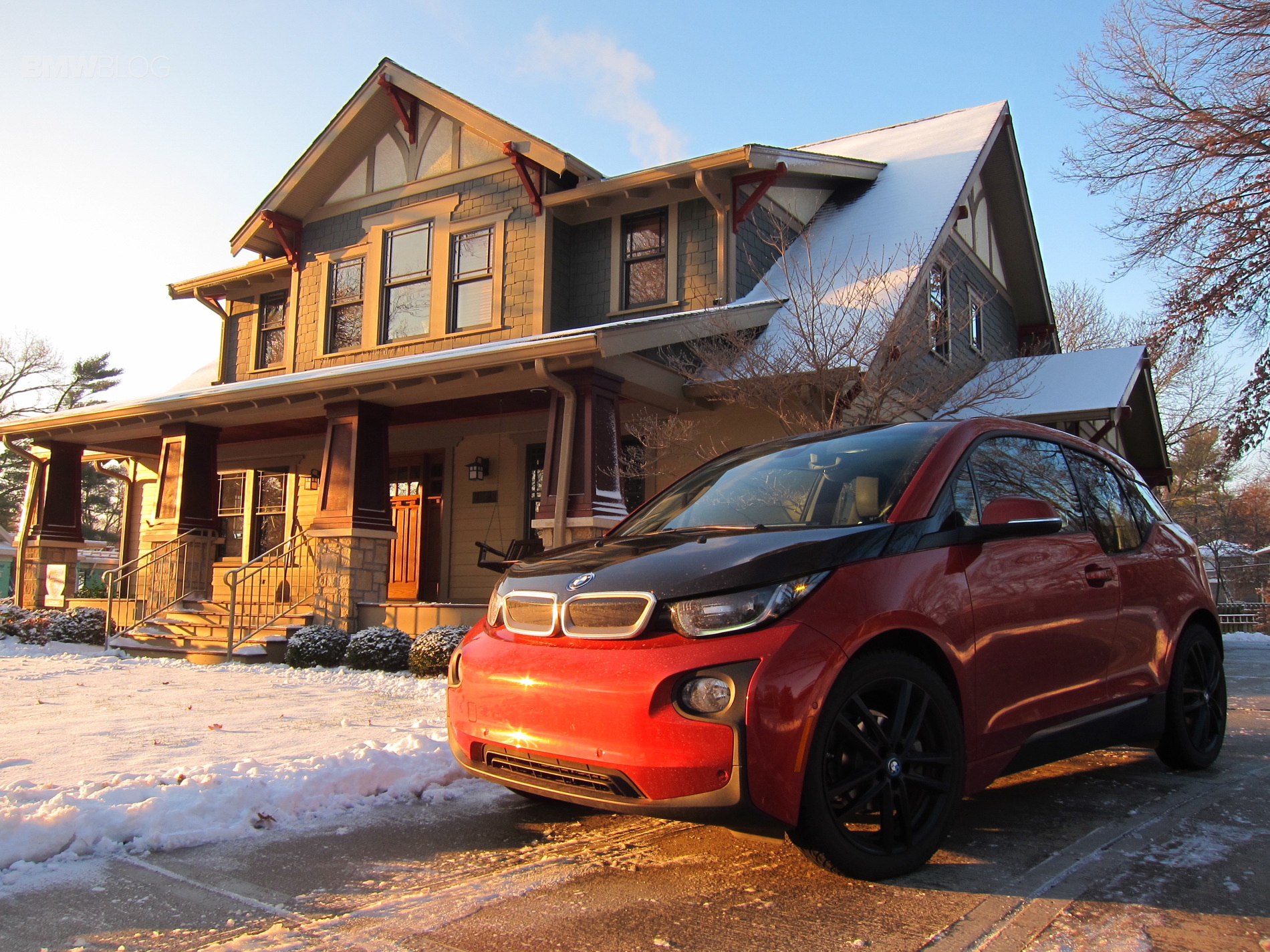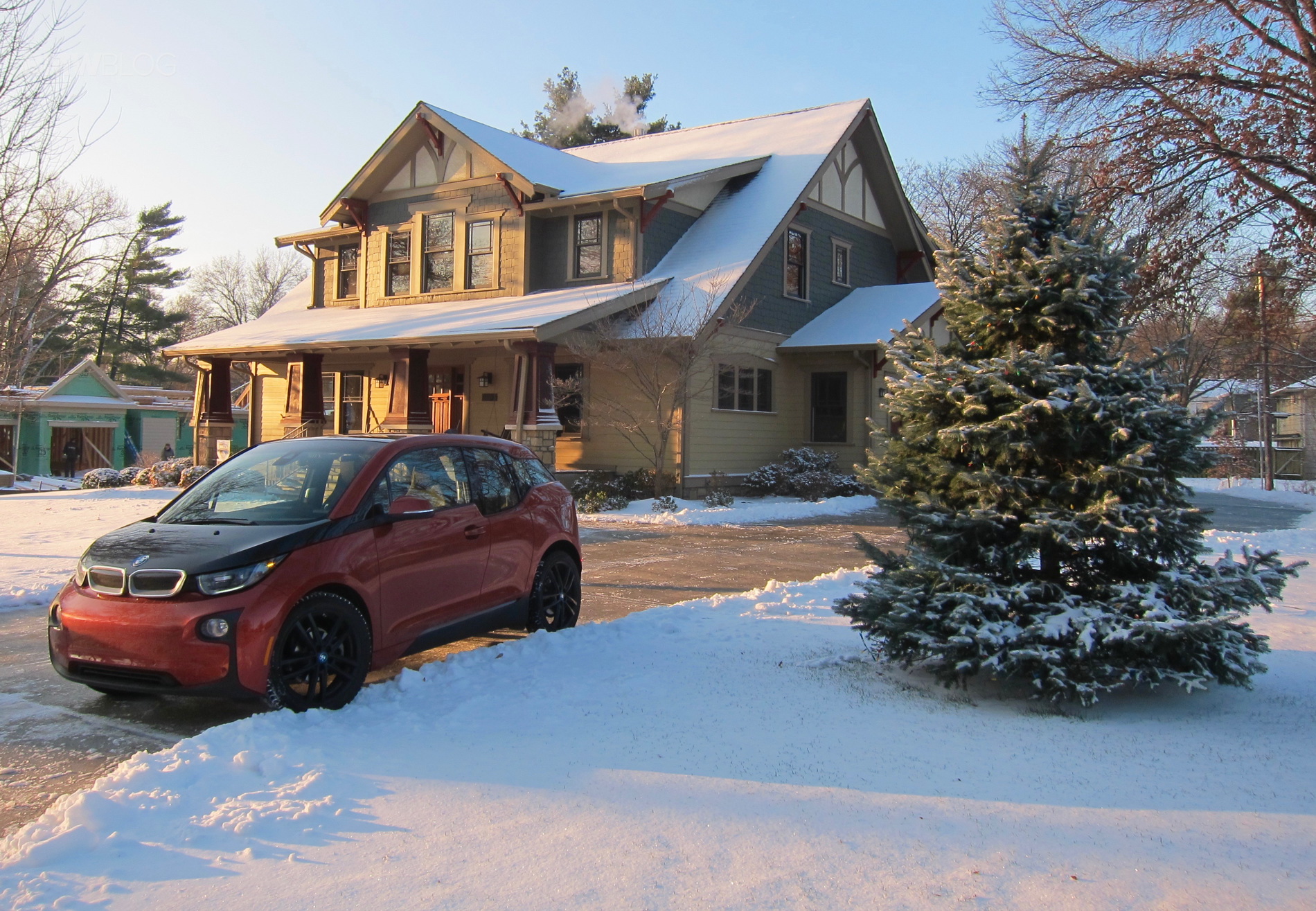I vividly remember my first winter storm with our BMW i3. Setting out in the dark, early morning with five inches of snow already on the ground, I was off into a whole new world full of unknowns of electric car winter driving – all potentially problematic. How bad was the range hit going to be when the battery got cold? How was the i3 going to handle in the snow? Was regen braking going to make me spin out?
When this year’s first real storm approached last week, I popped our winter wheels and tires on and I was ready. I knew it could handle anything this storm had in store. I also knew my range would decrease and would need to plan accordingly – namely looking for charging options as a back-up if my range hit was more than anticipated.
The BMW i3 has a 22 kWh battery pack, which in mild weather 40F-90F allows you to travel about 4-5 miles per kWh. This gives a predicted range in the i3 BEV of about 80 miles as electric cars cannot allow their battery to go completely empty.
In winter weather, the key to maintaining reasonable range is BMW’s active thermal management of the battery. You can have the i3 even heat the battery up and warm the cabin in attempt to maximize distance. But pre-Conditioning only works when connected to a Level 2 Charger.
I think that pre-conditioning is necessary when the car is outside or your i3’s battery pack is seriously could. However, our i3 resides in a heated garage at 55 F, so this year, I am going to try living without pre-conditioning to see if I really need it. The distances we drive with our i3 are rarely over 40 miles in a day.
My theory is this – If I am only driving 15 miles after I pre-condition in a heated garage and I park it outside at work all day, does it really help me? I think not, but will report back. In other words, I think the impact of the cold decreasing my range by 30-40 percent will still give me the daily distance/range I need in our i3.
If I have the opportunity to plug in to a Level 2 charger outside and the i3 is cold – say less than 30F – I will definitely pre-condition it. As I don’t have a charger at work, I think this scenario is going to be quite rare, however.
My other thought with not pre-condition is to see if I can make the windows fog less on the inside. It drives me nuts when I am wearing a serious winter coat and gloves in the i3, while trying to maximize battery range but have to cycle the defroster on and off. I have not ever driven another car so prone to fogging inside like this – and yes – my vent is set to fresh air.
When it comes to winter driving, snow tires are key. We are in our second season of driving on the Nokkian Hakkapeliittas and they are absolutely outstanding in the snow. On dry pavement, they are rather soft and handle differently than our Bridgestone Ecopias. We also have a set of Bridgestone Blizzaks which are also excellent but have just a little less aggressive winter treats pattern compared to the Nokkians.
I am sure the Nokkians will wear out faster than the Blizzaks, so I have been popping the Nokkians on and off depending on if we are going to have the slick stuff on the ground. We have a separate set of wheels for our snow tires so it makes changing them much easier than having to visit a tire dealer. It does however mean that you need the equipment to be able to change them and a place to store them.
When driving in snow, the I use ECO PRO mode. I find this attenuates the throttle inputs, smooths them out. This years first storm started with icing first and then snow, which made conditions really treacherous. However, with gentle inputs to the steering and throttle, and keeping overall speeds lower, I had no problems getting around. This was not true for others though, chose not to slow down and ended up in the ditch. Yes, I am talking about you Mr. Hyundai Sport Ute. The other thing that was really nice was that my Merrell shoes would track a ton of snow back into the i3 but the WeatherTech mats kept it all controlled and off the carpet of the i3.
I did have one day trip last week, where I was pushed my comfort envelope of range in the subfreezing temps. Before setting out I made sure I knew where my closest Level 2 Charging stations were and unfortunately they weren’t going to be close or convenient. Our i3 does not have the Fast Charging port – which was optional in 2014 – but has since become standard. It wouldn’t have made a difference though because we do not have any of the fast chargers close. In total, my day trip was 55 miles of combined city and highway driving. As we have the pure electric version, there was no Range Extender to kick in and save the day.
I did not pre-condition as this was a last minute trip but the battery was fully charged and again the i3 was in a heated garage. Setting off I used the heat sparingly and cycled the defroster on and off to remove the recurrent internal window fogging. The temperature was between 26-30F and the sun was out. My overall predicted range fell from its usual 80 miles to about 60 miles. When I got home our i3 BEV had 6 miles left on the Guess-O-Meter.
As we got closer to our final destination, I was using more heat knowing the range is sufficient. An added benefit of winter driving is that if you are running out of range, shut heat off and voila! You get a few miles more of range.
Comparing to last year, I found the impact to range is far far worse when the i3 BEV is exposed to single digits, like 5F (-15C). Though definitely noticeable, the impact to the i3’s range was not as bad when temperatures were close to 30F.
I’ll close with one last pet peeve. Why are the LED lights only on low beam? It seems so out of the i3’s character to have high beams not being LEDs but rather incandescent.




